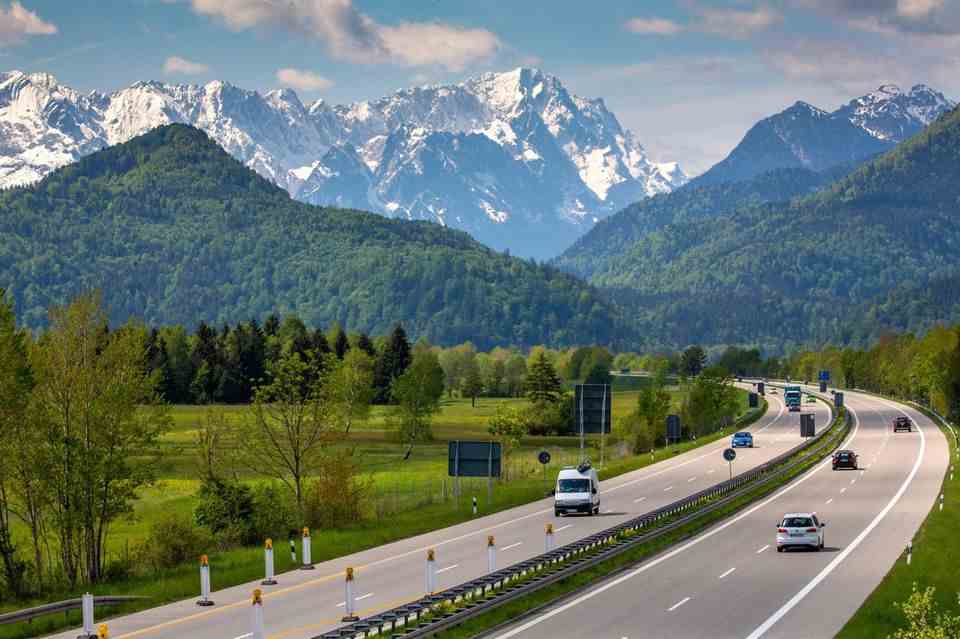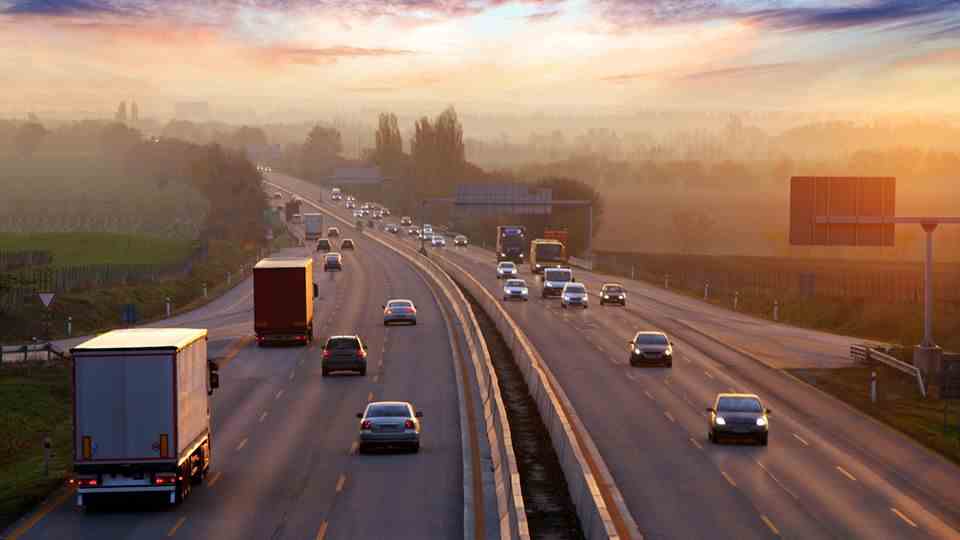energy crisis
Turn down the heaters, but no speed limit – the “New York Times” wonders about Germany
Motorway in Hamburg: There is a speed limit here, but not on large sections in Germany. The “New York Times” dares to try an explanation.
© Marcus Brandt / DPA
In times of the energy crisis, the German taboo speed limit requires an explanation abroad. The “New York Times” has now embarked on an investigation into the causes.
Public buildings are heated less, there are no neon signs, the water in the swimming pools is getting colder – Germany is pulling out all the stops to save energy during the crisis. Or so it seems.
But despite all the savings rage – the federal government does not dare to touch a hot potato: a general speed limit on the motorways.
Speed limit would save energy
The facts are clear: a speed limit of 130 kilometers per hour on German autobahns would save 4.3 million tons of CO2 (reduction of 2.7 percent). Federal Environment Agency in an investigation. And Greenpeace recently did the maththat a speed limit of 100 kilometers per hour on motorways and two million tons of diesel and petrol would be saved per year, around 3.8 percent of fuel sales in Germany.
While not long ago people in many parts of the world were raving about free travel on German autobahns, even made extra lead foot trips to Germanyagainst the background of the energy crisis, one rubs one’s eyes in astonishment at the taboo speed limit.
This became clear, among other things, in the “New York Times” (NYT) edition on Wednesday, in which this German peculiarity is reported in detail – and in which the discussions about a speed limit in this country are even combined with the heated debate about gun laws in the United States United States is compared.
“New York Times” sees primarily ideological reasons
“Imposing general restrictions on the country’s famous highways would be a simple step to save energy, reduce carbon emissions and protect lives. But even with the Greens in power, the country is unlikely to do it,” the statement said Article that has been shared tens of thousands of times since publication.
The author writes of “autobahns shrouded in legend” and states that it is “sacrosanct” that there is no speed limit in Germany – an ideologically driven decision. He writes that the status quo is mainly due to the FDP. As the smallest coalition partner, the party is the most vulnerable member of the government. This means she has to be extra careful when giving up her positions.
Political scientist Wolfgang Schröder from the University of Kassel supports this assessment in the NYT: “The FDP has made it a question of identity,” the scientist is quoted as saying. “They said, ‘We are the party of motorists and freedom, and we don’t want any government interference.'”
“Probably nothing will change for the time being”
According to Schröder, the governing coalition has agreed on a kind of “non-aggression pact” on this issue, which Greens traffic expert Swantje Michaelsen of the NYT confirms more or less directly. The newspaper quoted the politician as saying that her party decided to “focus on the progress we can make together” instead of pushing ahead with the divisive issue.
that after one current “Spiegel” survey the majority of Germans are in favor of an (at least temporary) speed limit, and even the ADAC has stopped lobbying against it, according to the NYT there should be even more arguments for a speed limit on the Autobahn – but the conclusion of the article is: “For the time being, nothing will probably happen change.”
Sources: “New York Times” (paid content), Federal Environment Agency, Greenpeace, Deutschlandfunk, “Mirror”, ADAC




